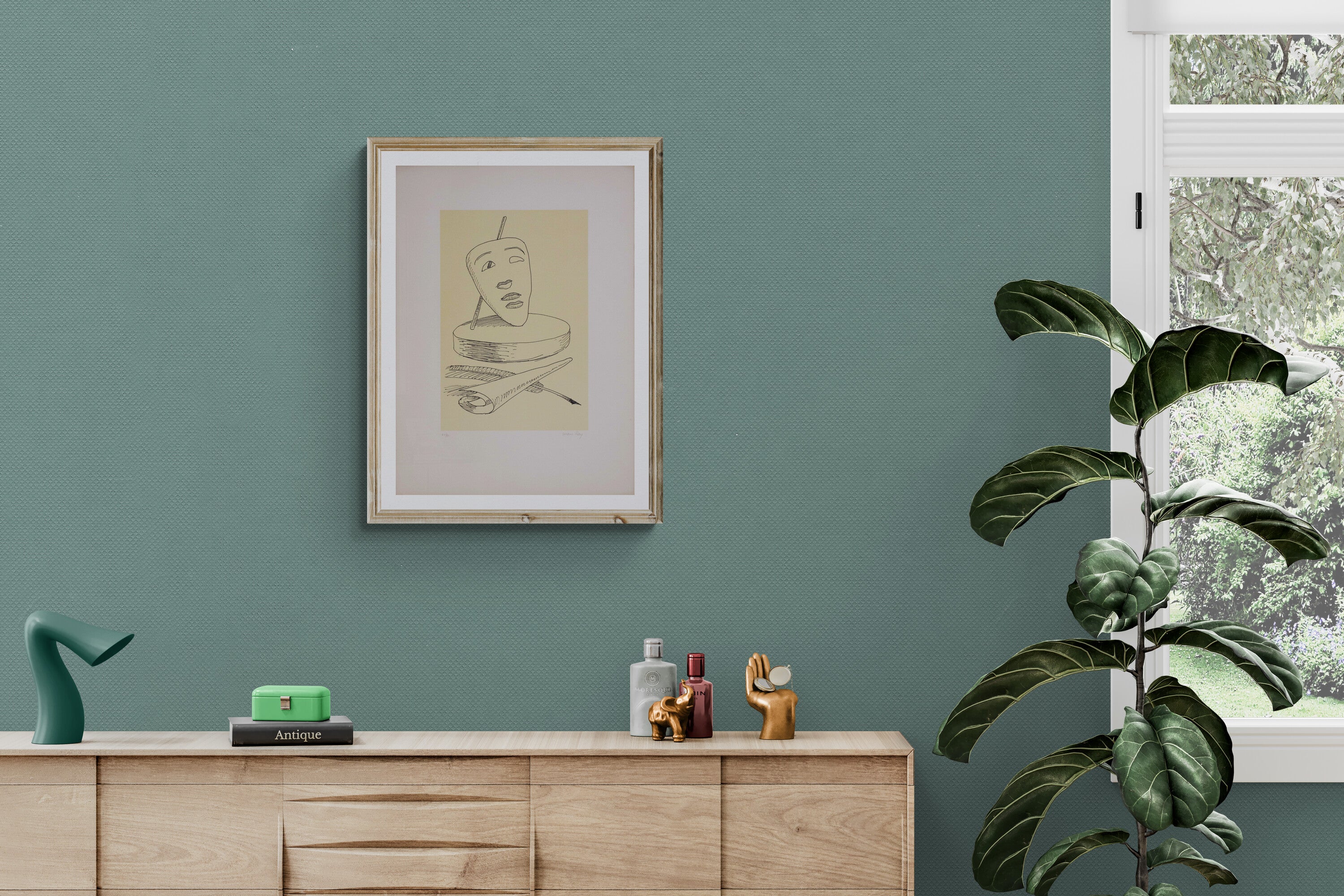Dino Buzzati biography

Dino Buzzati was an Italian writer, journalist, painter, playwright, librettist, set designer, costume designer and poet. Dino Buzzati was born at the family villa in San Pellegrino di Belluno on October 16, 1906. He attended the classical high school Giuseppe Parini of Milan and then enrolled in Law to follow his family's wishes and graduated in 1928.
Known to most as the writer of 'The Tartar Steppe', Dino Buzzati was not only a journalist and writer, but above all, as he himself declared, a painter. If some event in his artistic life had gone differently, perhaps today we would remember him for his paintings, drawings, illustrations, or hybrid texts that combine painting and literature. This is the case of Comic Poem, where the artist revisits the theme of the myth of Orpheus and Eurydice from a modern point of view. This artwork has been considered the first example of a graphic novel and is composed of 208 illustrated plates. On the same wavelength is also the last book published by Buzzati in 1971, The Miracles of Val Morel, a collection of paintings containing very brief captions and representing imaginary ex-votos featuring Saint Rita as the protagonist in literary fiction.
Regarding his preference for painting as an artistic expression, Dino Buzzati in an interview declared himself to be a "victim" of a misunderstanding, that is, being a painter who worked as a writer and journalist as a hobby, but for too long a time. At the same time, however, he stated that writing or painting for him is the same thing, because in both cases his goal was to tell stories to the public.
As a painter, Dino Buzzati is strongly inspired by surrealism. At the same time, he does not give up modernist suggestions such as, for example, those pop or neo-expressionist. From these starting points, the artist creates his personal poetics that contains within it a strong nostalgia for romanticism. And it is precisely from this fable-like approach of his that the narrative sub-plot probably arises. This aspect is evident in the transfiguration that Buzzati performs of everyday life into a strongly other dimension.
A clear example is the artist's best-known artwork, namely Piazza del Duomo dating back to 1952. In this painting, Buzzati portrays the famous Lombard cathedral as if it were a limestone structure, completely immersed in nature and surrounded by a rocky landscape that aims to imitate the original architectural layout of the square.
The same type of atmosphere, that is dark but not gloomy and anguished but not desperate, is part of another famous artwork of his, The Tormented Souls. In this painting, we find a group of spirits haunting an entire city at night. The ghosts, of dimensions similar to those of the buildings, are the only inhabitants of that urban representation that emanates anguish. This vivid tension generated between city and nature is part of his entire poetics, but also of his life. Influencing this aspect were the places that saw him born and grow, San Pellegrino di Belluno and Milano, places that marked his existence.
The themes he addresses in his painting career therefore intertwine with those literary ones, forming a world where real and fantastic dimensions unite, creating dimensions characterized by mystery, destiny, waiting, and a melancholic vision of love. Those who appreciated Buzzati's artwork as a painter stated how he wrote by painting and painted by writing. Even in the literary works, in fact, the word evoked an image, while the latter has always been part of the words. Both the aforementioned Poema a fumetti and I miracoli di Valmorel are examples of this stylistic imprint.
All these characteristics are part of Buzzati's first exhibition, Painted Stories of 1958 and that of 1966 at the Galleria Gian Ferrari, both in Milan.
An international dimension, on the other hand, was had by the exhibition in Paris at the Galleria La Pochade. The consecration of Buzzati as a painter unfortunately occurred after his death in 1972 with the retrospective at Palazzo Reale di Milano in 1991.



